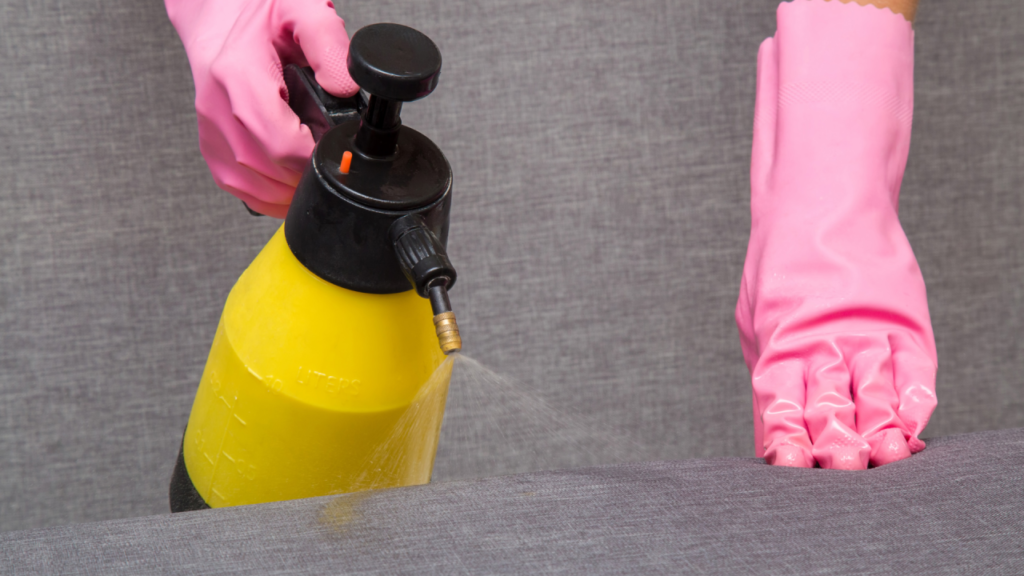
When you look at your wardrobe, you might likely have questions about the style, color, what to wear, what to get rid of, what is missing, and many other concerns, if you care about your outfit. But, how often you and me think of the textiles our clothes made from. Even less we consider their impact on our health and environmental impact of the textiles.
Let me invite you to join me and giving this a thought. Let’s start with remembering the stages where chemicals are infused into the textiles. Textile production, starts with planting a seed.
Nurturing or torturing the soil with chemicals to help the growth, strongly depends on the plant we have in mind.
Water intensive cotton and linen, that require lots of chemicals to grow, will deplete the soil they are leaving behind when harvest time comes, and that definitely is the first round of chemicals entering this lifecycle. The second and many other time comes when the fibers are exposed to a variety of treatments to improve wearability indicators, and neat, including, but not limited to: prevent wrinkling (compare it with the neat look of hotel bedding), create vivid colors, add waterproofing qualities, etc.
If we think of global economy and long supply chaing, by the time any textile reaches the consumer due to different regulations in different countries, these harmful chemicals could go invisible, without us knowing what we are buying into.
By investing in purchasing those desired outfits, do we consider that by this very same act we are also allowing chemical compounds, like formaldehyde, often used in fabrics to prevent wrinkling to potentially cause respiratory problems, skin irritation. Or buying textiles that have been dyed with AZO dyes, that is used to create 60-80% of vibrant color textiles. Do we know that AZO dyes can actually quite easily come off fabrics and can break down to release chemicals called aromatic amines, some of which have been reported to cause cancer. Is it worth it?
These examples might be terrifying, but
good news is that we have a choice.
- We can choose natural fibers that are not treated with pesticides, like hemp.
- We can support local manufacturers, that are growing and processing the fibers and offer a transparent supply chain that we can trust.
- We can look at the certification manufacturers have, and choose one that is setting eco-standards, like, Oeko Tex® Asthma and allergy friendly® Certification Program Nordic Swan Ecolabel Global Organic Textile Standard
- We can support brands that are walking the talk and represent values aligned with ours.
- We can create our own textile brand and promote value-based choices, while also generating profit and building a community of conscious consumers.
Consider yourself as an investor and reflect on what you are investing in. Choose to invest with your values in mind. We are here to support you.
Hempily yours,
Beatrix 🙂



